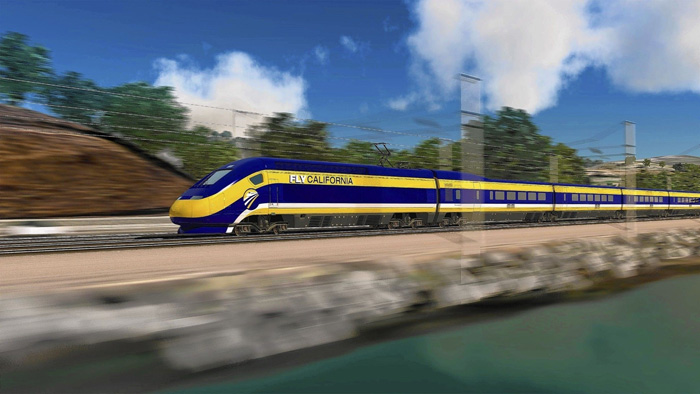Rethinking Lifestyle
How About Trains

Dang! Now I have to change my mind again. I began my research into the energy efficiency and carbon footprint of different modes of transportation with a preconceived notion. That notion was that rail would be the best. I was wrong. It turns out (unfortunately for comfort and time) that the bus is most efficient in terms of miles per gallon of fuel per person (MPGPP). Buses give about 150 . Trains give only 50, very similar to cars. Planes are only slightly less efficient giving 41 MPGPP.
The above numbers are average numbers from nationalgeographic.com. Other sources give different values for energy efficiency. Efficiency changes by mode of transport and by distance travelled. Short distances by airplane are the most inefficient, but for long distances air travel is presently superior in energy efficiency and carbon footprint to almost all other modes of transport.
The carbon footprint for air travel becomes even more favorable when the fuel used is considered. Jet fuel does not emit as much CO2oas diesel fuel, so the CO2 emissions per passenger mile by an airplane is only 75 kilograms per person mile compared to 84 by a train and about the same by a car. A bus is much better at only 24.
The energy efficiency of each mode of transport has improved over the last 50 years. Airplanes have improved their efficiency by 162%, cars by 112%, trains 67% and buses only 33%. I wonder why air travel has improved so much and the others have not. Is it because more research has been done on air travel than on the other modes of transport? Or is it because there are more passengers per plane? I would like to know if the improvements to efficiency in air travel can be gained in cars, trains and buses.
Nevertheless, in the end, if we want to reduce our carbon footprint, the most effective way is to reduce our travel rather than choose between modes of travel.
So now that I educated myself on the energy efficiency of different modes of transport I want to discuss trains some more. After all, the most effective way of increasing train travel efficiency is by increasing ridership.
Canada is ideally suited to trains. Canada is a long narrow country and two sets of tracks could service most of the country; one set going east and the other set going west. I believe we should nationalize the rail bed. No, not the railway companies, the rail bed. This would allow entrepreneurs to use the rail bed to offer competitive service in the same way that we now use the highways in this country. If you have a license for the road you can use it. You pay for the road by the taxes on the fuel you use. The same could be done on the rail bed. Anyone can use the rail bed as long as they have a license and pay their taxes to maintain it.
With this kind of opportunity, I can envision a vast improvement in passenger service on the rail. It would be faster than it is now, and it would be economical due to competition and volume. For example, an airplane ride from Winnipeg to Calgary is about 4 hours all. That includes 2 hours for the flight and 2 hours to get to the airport and wait in lineups at the airport. If we had access to fast trains, (which are produced in Canada by Bombardier) we could travel at 250-380 kilometers per hour. Such a train ride from Winnipeg to Calgary would take 3.5 to 5 hours and would be from downtown Winnipeg to downtown Calgary – no extra taxi rides. The ride is roomy and you can get up and wander to the dining room for a coffee or snack while you watch the beautiful countryside roll by. Furthermore it is easier to electrify the train than other modes of transport making its carbon footprint even smaller.




